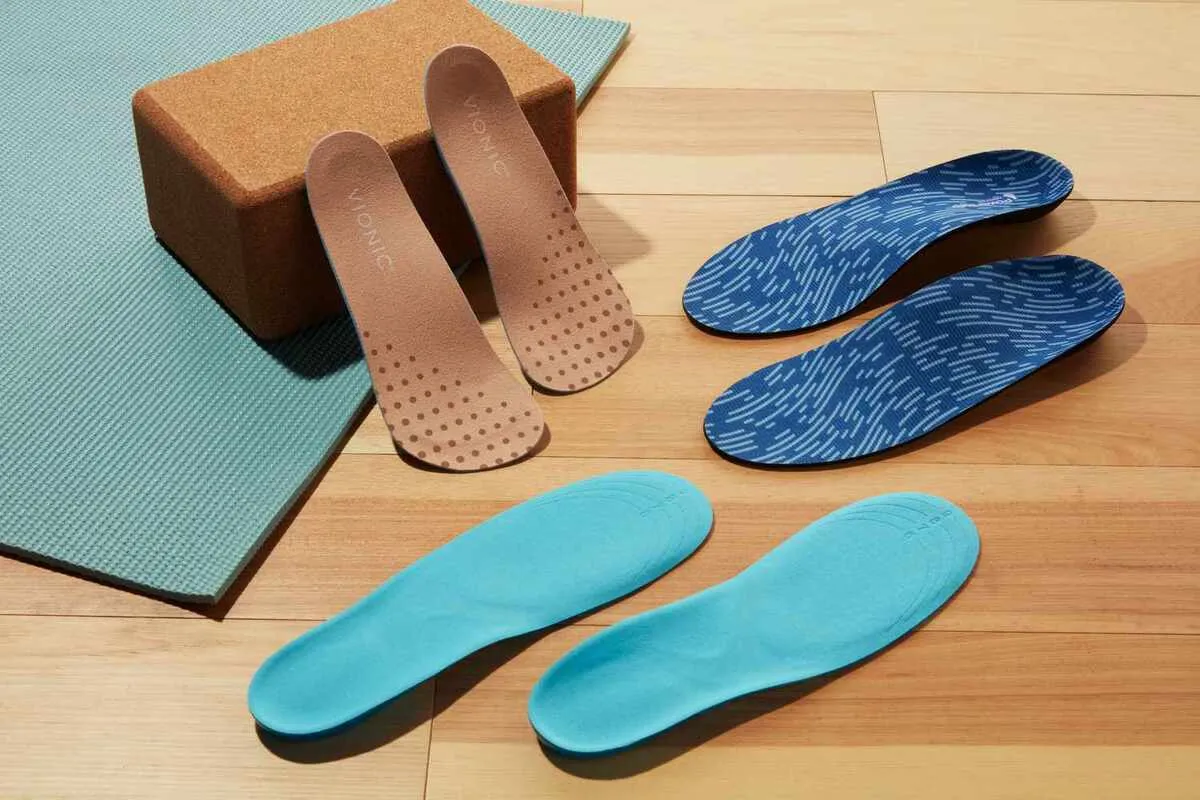Nanoparticles Used in Iran-Made Antibacterial Insoles for Diabetic Patients

The occurrence of diabetic foot ulcers will be avoided by designing and producing medical insoles and shoes suitable for diabetics.
Diabetic foot ulcer is any wound that occurs as a direct result of diabetes or its complications in the patient's foot. It is an open wound on the foot of people with diabetes and is often seen on the sole of the foot.
The foot ulcer occurs in approximately 15 percent of people with diabetes and 6% of these people are hospitalized due to infection or other complications related to the wounds.
The risk of foot ulcer and amputation increases with age and the duration of diabetes. The presence of various diabetic wounds in the foot is called diabetic foot syndrome.
The problems that occur in the feet of people with diabetes are caused by peripheral nerve disorders and decreased blood flow in the body, which is caused by diabetes; therefore, it is very important to choose the right shoes for these people, the shoes should be long and wide enough but not too loose either.
In the special insoles designed by the Iranian company for the diabetics, special nanoparticles have been used to prevent the growth of bacteria.
In a relevant development in July, specialists at an Iranian nanotechnology company had also produced special antibacterial and anti-allergic shoe insoles which control moisture and odor.
‘Pamouk Taban’ company has made the product which is an antibacterial shoe insole composed of medical leather and certain nanoparticles to provide a very soft surface.
The incorporation of nanoparticles into the medical leather has resulted in emergence of antimicrobial and anti-allergic activities, and ability to control the moisture, odor and bacteria growth.
4155/v





















